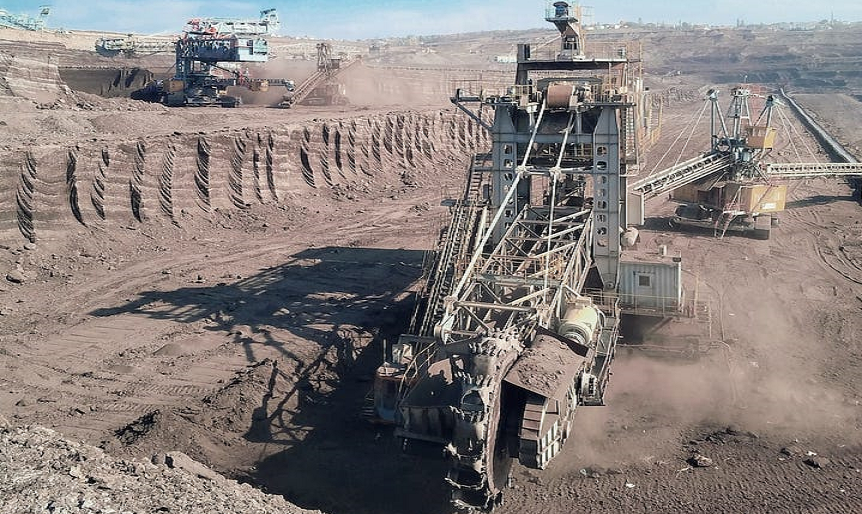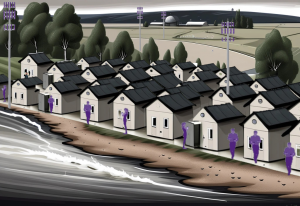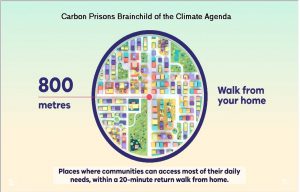Just Another Desecration of the Environment; The Extraction and Processing of Lithium
Lithium Strip Mining and machinery

Typically, mining has been in our history and dates back as far as one can research. These practices have evolved throughout the years and not necessarily for the better. In fact, most modern mining is a major step back in the progress of nature, as in, one step forward is six steps back as far as the environment is concerned as in impact. History has shown that traditional mining seemed to have small impact on the land. When one thinks of a mine, they usually think of mines that are dug tunnels, deep inside the ground. This is the case in many examples of so called environmentally safe mining, however, the preferred way of mining by most corporations that make it their business to profit quickly is the dreaded “strip mining”. In the case of lithium, strip mining goes hand in hand. Strip mining gouges and devastates the landscape and usually leaves giant craters where wildlife, forests and habitats once resided. In fact, there are zero benefits to strip mining other than to fill the coin purses and bursas of stockholders and corporations that profit from this type of land devastation, leaving a huge environmental scar in its invasive wake. In the case of crown owned lands in Canada, specifically in Northwestern Ontario, the Government is allowing corporations to strip mine on these lands. Being in the land of 100,000 lakes, it would seem extremely obvious what impact this will have on water, specifically lakes, the lakes that forestry for the last 150 years did not manage to destroy by strip cutting in the name of paper products. In Ontario, there are thousands of abandoned “burnt out” mines that are getting another look because of new technology and strip mining. The most prevalent problem to these corporations as far as displacement, is how to remove the indigenous people from their reserves to make way for this disruption for profit. To efficiently mine these crown land areas, these corporations need access and permission to trample indigenous lands, and the only way to do this is to remove the indigenous people from their homes and relocate them into larger nearby communities where they will experience homelessness via food banks and “tent cities”, autonomous zones of despair.
Even though the paper industry has fallen off, one only has to think back of the forest devastation left by these paper corporations and their infamous strip cutting. Corporations that say they replant, but never replant the equivalent of what they take and usually leave most of the replanting to the MNR who can only replant a very small fraction of what was yielded. The great savior to curtail paper production, most likely to some small extent, was the computer and online publishing, however soft paper products and newsprint still take a huge impact from the forest. And, where the deforestation has fallen off by these paper conglomerates, has only been replaced by the so called “green fueled power generators” that not only burn up hectors of forest that was chipped to accommodate this process; huge amounts of fossil fuels and coal has to be used to enable the burning of these green (wet) chips. Thus, it leaves a huge environmental devastating footprint not only in the forests, but in the co2 emissions it produces. The less forest, the more damage to the lakes these trees surround, and the less filtration of co2 produced by this so-called green fuel fiasco of deception.
Lithium processing plants near by a lake is not a very good idea and one can only speculate the problems and water contamination this potential can and most likely will produce. Corporations always find ways around the environmentalists and community groups that will protest against this pollution potential, and will merely grease the local governments to turn a blind eye to what will become in a series of events, a dead zone of highly toxic water and land.
Lithium mining and processing will cause:
Environmental degradation
Water contamination and scarcity
Air Pollution and co2 emissions
Soil contamination
Social Displacement: IE the displacement of local communities and the Indigenous from reserves
Go Here for more explanation on these key points.





